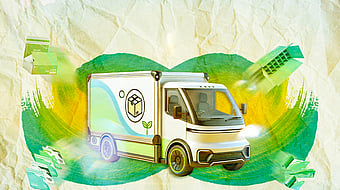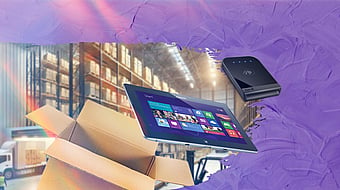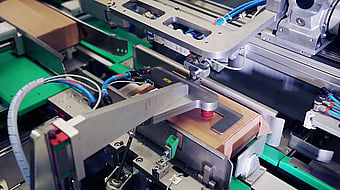The last mile unpacked: driving eCommerce with sustainable packaging

The last mile is the critical, complex and often costly final step in the eCommerce supply chain. It involves moving goods from a transport hub to their final destination, and how we do this matters, as it impacts customer satisfaction and has real environmental implications.
What do consumers expect?
Consumers have little patience for long delivery times. Data tells us that people prefer fast deliveries, with many prioritising speed over cost in delivery.

Our own fifth annual Mondi Group eCommerce trend report on consumers attitudes to deliveries and packaging – which surveyed over 6,000 participants across six European countries – found that packaging quality (easy opening, easy return, easy reuse), product protection and the use of sustainable materials are priorities. Yet meeting these consumer expectations while ensuring last mile efficiency can be a challenge for many eCommerce brands. And at Mondi, we see their challenge as our challenge.
The growing environmental impact of last mile deliveries
The surge in delivery vehicles trying to meet these consumer expectations has significantly increased the carbon footprint of online retail. In reality, many consumers want door-to-door delivery but are often not at home, leading to repeated delivery attempts and increased travel distances.
“Online retail creates additional opportunities for brands and ultimate convenience for us consumers, though we know what that means: cheaper shopping for all of us, with big challenges for logistics and the environment,”
Mirek Gral, Vice President, from The Last Mile Experts
More sustainable delivery solutions have gained ground and Accenture’s “The Sustainable Last Mile” 2022 report noted that, with people stuck at home during the Covid pandemic, stores became fulfillment centers and curbside pickup emerged as a viable solution. These adaptations are reducing the carbon footprint of the last mile, presenting a new opportunity for sustainable collaboration and smart action.
How can more sustainable last mile choices be encouraged?
It begins by raising awareness about the environmental impact of delivery choices and encouraging people to consume and responsibly order online.
Gral says, “The most important first step is education. During private conversations and political discussions, and when ordering online, we all need to understand that everything is the outcome of smart choices and teamwork. All of us need to think about how to reduce pollution. Education is the easiest, fastest, and most effective way to change our behaviours to manage the ecological flow of all these packages.”
To enhance the efficiency of last-mile deliveries, we must adopt a more comprehensive approach. This involves not only promoting environmentally friendly options such as electric vehicle fleets and optimised route planning but also integrating Out Of Home (OOH) deliveries. OOH deliveries encourage community pick-up and drop-off points, which reduce failed delivery attempts and increase the number of packages delivered per stop.

Green Last Mile Report 2023, UPIDO & Last Mile Experts analysis, https://lastmileexperts.com/reports-subscriptions/
The role of sustainable packaging in reducing last mile carbon emissions
Sustainable packaging minimises the environmental impact of last mile deliveries. Designing packaging that is lighter, more compact, effectively using recycled and fresh paper (to ensure paper strength and product protection) reduces waste and carbon emissions.
Clever packaging that reduces air per package without compromising protection can increase delivery efficiency by allowing more packages to fit into smaller spaces. Effective packaging solutions also mean fewer trips due to damaged goods, reducing the carbon footprint.
Companies are rapidly innovating and adapting their last mile practices, especially with AI technologies and their commitments to sustainable development. Such innovations not only address regulatory demands but also cater to the growing consumer expectation for sustainable and easily disposable packaging solutions.
The last mile is not just the final step in delivery, but a critical step towards a better future. By combining innovative delivery models, sustainable eCommerce packaging, and consumer education, we can turn the challenges of today into the opportunities of tomorrow, driving both economic and environmental benefits.
Latest eCommerce packaging news and insights

More on eCommerce packaging
Discover our innovative and fit-for-purpose eCommerce packaging products that are sustainable by design.









.png?stamp=243d99d1ef4cf153b0de41bbff42f5139b6b4d60)










